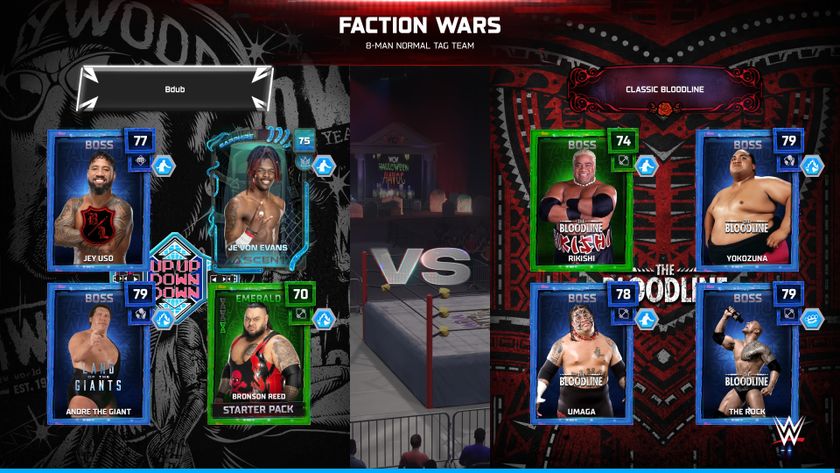The coolest game mechanics of 2013
A change for the better
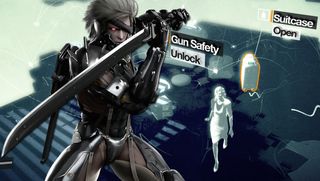
Sometimes, it's the little things we remember most. Oh sure, that game you played might've had intense cutscenes, an epic overarching story, or a staggeringly large world. But at the end of the year, the thing you remember most is what made it different from all its contemporaries. The unique angle, the distinct approach, the inventive manner in which it superseded established norms--usually it can all be distilled to the use of one particularly cool mechanic.
Even if a release in the past 12 months wasn't stellar enough to crack the best games of 2013 picks, there's plenty of value tucked away in unique game mechanics. Whether it was the creation of an entirely new concept, or the refinement of one that's rarely used, so many games this year skipped the established tropes of their respective genre, replacing tired standbys with mechanics that felt exciting and new. What does it take to really stand out in this day and age? Things like
Character-swapping in an open-world (Grand Theft Auto 5)

Every sandbox city has those awful moments, when you're stuck on one side of town but all the action seems to be on the other. Most games tell you to suck it up, forcing you to spend an agonizing five minutes speeding from one district to another in a stolen car. Not so in GTA 5 (at least, not nearly as often). The ability to swap freely between Michael, Franklin, and Trevor made it so that a change of pace was always just a D-pad click away, whisking you to another part of the city like a chaos-inciting fairy godmother. It also enabled some of the funniest scene transitions we've ever encountered in a game (most courtesy of Trevor's psychotic antics).
Blade Mode (Metal Gear Rising: Revengeance)
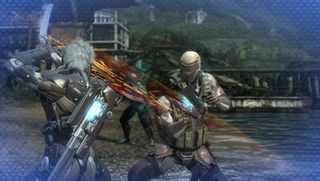
Plenty of action games offer dismemberment physics--that's nothing new. The best ones let you hack and slash in slow motion, so you can really appreciate the correct-use-of-the-word-visceral gore; 2009's Afro Samurai is a great example. But none have offered would-be butchers as much precision as Metal Gear Rising: Revengeance, with its slow-mo Blade Mode that encouraged you to cut your enemies into small blood-splattered cubes. Raiden's high-tech swords let you dice anything and everything into a series of wafer-thin slices, which was way more fun than most would care to admit. We probably added a good hour to our playtime just from gleefully carving soldiers and mechs into Kevlar-plated sashimi.
Double Cherry (Super Mario 3D World)

Super Mario 3D World had better multiplayer than wed ever seen in a Mario game, but we had more fun playing co-op with two, three, or even eight players all by ourselves. 3D Worlds Double Cherry clones whoever grabs the power-up, creating a new Mario every time a another Cherry is picked up. The growing group of doubles are controlled with the same input and mirror the others actions, making navigating even a simple stage a manically enjoyable puzzle all its own. The only downside was the Double Cherrys limited appearances; lesser developers could have built an entire game around this innovation.
Memory remixing (Remember Me)

Alanis Morissette would have a field day with Capcom's experimental sci-fi brawler Remember Me, because it wasn't quite as memorable as the name would imply. But one of its ideas is something we certainly won't forget: memory remixing, which stood out as an ingenious puzzle mechanic in an otherwise dreary brawler. Like Inception, the idea was to delve into someone's mind and reorganize their thoughts, experimenting with different variables until you got the desired results. The presentation was excellent, with a glitchy, minimalist, dreamlike aesthetic. There were a multitude of surprisingly varied outcomes, but the end goal was the same: change a character's primary motivators, just by tinkering with their memory of a single event.
Ship boarding (Assassin's Creed 4: Black Flag)

Boarding incapacitated ships in Assassin's Creed 4: Black Flag is no mere push-a-button-and-profit act. Nay, it's a dramatic unfolding of point blank cannon fire, rope swinging assassinations, and the plundering of all the booty a pirate can handle. It all starts with the epic open-water engagement: Find a frigate with tons of ore and cloth onboard, then wipe out its sails with some chainshot and well-placed cannon balls. Next, roll up alongside it, grab the nearest rope, and swing on board. After putting a healthy chunk of the ship's crew to the sword, it's all yours for the taking--loot and all. The whole process is downright exhilarating, and is one of AC4's finest features.
Sign up to the 12DOVE Newsletter
Weekly digests, tales from the communities you love, and more
Listen Mode (The Last of Us)
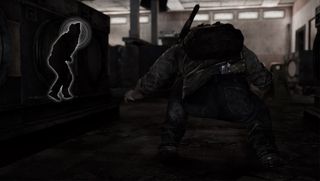
Yeah, we know that it's basically Batman's Detective Mode, but that doesn't stop it from being one of the coolest new mechanics from 2013. Why? Well, because it actually sort of makes sense. Batman having a deus ex machina button that lets him see solutions to puzzles isn't actually as tangible as the idea that if you get down low and concentrate, you can pay better attention to your surroundings. It takes something that plenty of games have done and makes it realistic without compromising the usefulness, and, yeah, that might not sound as sexy written down as it did in our heads, but it's still super useful, right?
Interdimensional tears (BioShock Infinite)
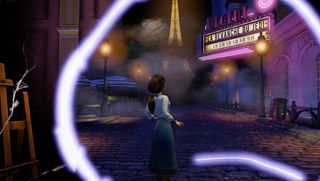
BioShock Infinites skyhook rides were exciting, but the gameplay application of Elizabeths reality warping powers was easily the games greatest innovation. Like the first BioShock, Infinites battlefields were sandboxes strewn with different items that created multiple combat options, and now Elizabeth could import things from other realities to have even more impact on a firefight. A powerful sentry, a new platform, or a stockpile of ammo had the potential to change the tide in battle, but you could only have one at a time, so there was an on the fly strategy to changing out the items. It was a fresh way to emphasize choice through gameplay, a recurring theme for BioShock.
Single-player co-op (Brothers: A Tale of Two Sons)
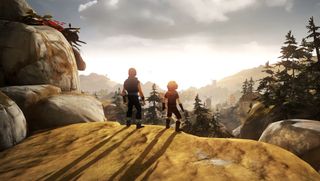
The Adventures of Cookie & Cream on PS2 first introduced us to the concept of two characters being guided simultaneously by the same controller. But the puzzles it offered weren't nearly as rich as those found in Brothers: A Tale of Two Sons, which taxed our hand-eye coordination like few games can. With each hand corresponding to an individual brother, it felt as though two sides of your same self were working in unison, your brain cooperating with itself to pull levers and let go of ledges at just the right moment. At first, it felt a bit like patting our heads while rubbing our stomachs. By the end, our hands were moving in unison like a fraternal team.
The power of stamps (Papers, Please)
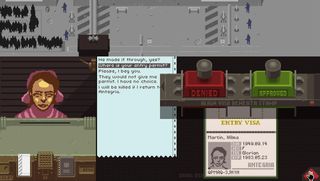
You've only got two choices: Approved or Denied. It's a decision you'll have to make over and over at the Grestin Border Checkpoint, as you and hundreds of citizens like you struggle to get by under the strict bureaucratic requirements that The Ministry of Admission demands. But no matter which label you stamp on passports with a satisfying ker-chunk, somebody's getting their life ruined. Do you knowingly approve the newlywed who wants to be with her spouse, even though her papers are missing? Do you reject desperate immigrants in droves, so you can just barely afford to feed your family? So many terrible outcomes can be traced back to whichever stamp you choose.
12DOVE was first founded in 1999, and since then has been dedicated to delivering video game-related news, reviews, previews, features, and more. Since late 2014, the website has been the online home of Total Film, SFX, Edge, and PLAY magazines, with comics site Newsarama joining the fold in 2020. Our aim as the global GamesRadar Staff team is to take you closer to the games, movies, TV shows, and comics that you love. We want to upgrade your downtime, and help you make the most of your time, money, and skills. We always aim to entertain, inform, and inspire through our mix of content - which includes news, reviews, features, tips, buying guides, and videos.

